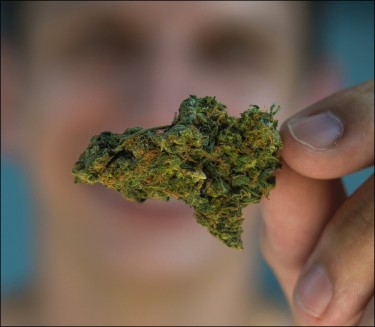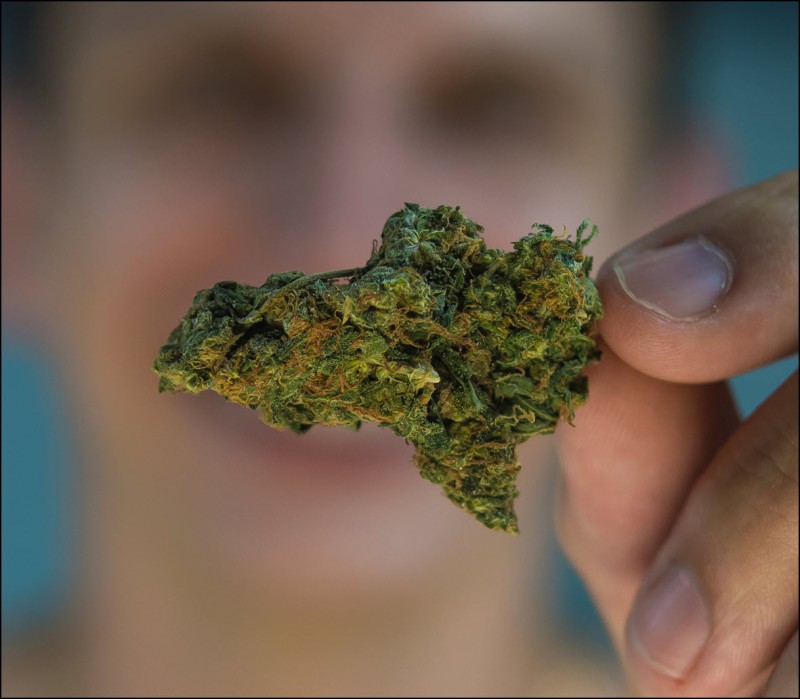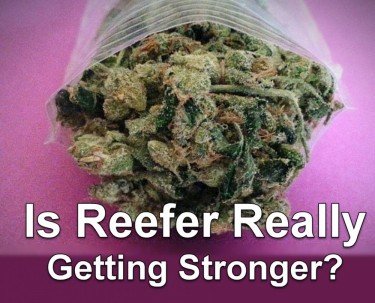
The average THC potency of illegal weed is only 16%, same as legal cannabis says DEA?
In the ever-changing landscape of cannabis, a striking revelation has come from the U.S. Drug Enforcement Administration (DEA). A recent statement established that the average potency of illicit marijuana flower stands at a industry standard of 16%. Understanding the implications of such a percentage requires a deeper dive into the realm of cannabinoids, particularly THC (tetrahydrocannabinol).
The Evolution of THC Potency
THC is the main psychoactive compound in marijuana, responsible for the “high” that users experience. The potency of marijuana, measured by its THC content, has dramatically increased over the past few decades. To understand the context:
-
1980s:The average THC content of seized marijuana was below 4%.
-
1990s: This figure began to climb, reaching around 5-6%.
-
2000s: Potency continued to increase, hitting approximately 10-12%.
-
2020s: Current reports indicate an average of 16%, with some samples even exceeding 30%.
This increase is primarily due to advanced cultivation techniques, genetic selection, and the growing demand for stronger marijuana.
Factors Contributing to Increased THC Potency
Several factors have contributed to the rising THC levels in illicit marijuana:
-
Selective Breeding: Growers have increasingly focused on breeding strains with higher THC content to meet market demand.
-
Advanced Cultivation Techniques: Techniques such as hydroponics, controlled environments, and optimized nutrient delivery have enabled the production of more potent marijuana.
-
Genetic Modification: Some strains have been genetically modified to enhance THC production.
Public Health Implications
The rise in THC potency has several significant public health implications:
-
Increased Risk of Negative Effects
-
Heightened Anxiety and Paranoia: Elevated THC levels can induce intense anxiety and paranoia, especially in inexperienced users or individuals with existing mental health issues.
-
Acute Psychosis: The likelihood of encountering psychotic episodes rises significantly with higher doses of THC.
-
Cognitive Decline: Prolonged use of marijuana with high THC content can result in enduring cognitive impairments, particularly impacting memory and learning abilities.
-
Impact on Vulnerable Populations:
-
Adolescents: Young users are more susceptible to the negative effects of high-THC marijuana, including impacts on brain development.
-
Individuals with Mental Health Issues: Those with pre-existing mental health conditions may experience exacerbated symptoms.
Regulatory and Law Enforcement Challenges
The DEA’s report underscores significant obstacles faced by law enforcement and regulatory agencies:
-
Persistent Black Market: Despite legalization in several states, the black market for marijuana persists, often offering more potent products than those available in legal dispensaries.
-
Ensuring Consumer Safety: The unregulated nature of black market products results in unpredictable potency and potential contamination with harmful substances.
To address these issues, regulatory bodies need to:
-
Implement Stricter Controls: Introduce more stringent regulations for marijuana potency in both legal and illegal markets.
-
Increase Monitoring and Enforcement: Enhance efforts to monitor and dismantle illegal growing operations.
-
Educating Consumers: Consumer education is crucial in mitigating the risks associated with high-THC marijuana
-
Public Awareness Campaigns: Launch campaigns to inform the public about the potential dangers of high-THC marijuana.
-
Educational Programs: Develop programs targeted at specific groups, such as adolescents, to educate them about the risks.
Key points to emphasize in these programs include:
-
Understanding THC Levels: Educate consumers on how to read and understand THC levels on product labels.
-
Recognizing Symptoms of Overconsumption: Teach users how to recognize signs of overconsumption and what to do if they experience adverse effects.
-
Safe Consumption Practices: Promote safe consumption practices, including starting with low doses and waiting to see the effects before consuming more.
Future Trends and Research
Ongoing research and monitoring are essential to adapt to the evolving marijuana market:
-
Long-term Health Effects: Conduct studies to understand the long-term health effects of high-THC marijuana use.
-
Impact on Mental Health: Investigate the relationship between high-THC marijuana use and mental health conditions.
-
Comparative Studies: Compare the effects of high-THC marijuana with other forms, such as CBD-dominant strains, to provide a comprehensive understanding of marijuana’s impact.
Potential Solutions and Innovations
To address the challenges posed by high-THC marijuana, several solutions and innovations can be explored:
-
Development of Low-THC Strains: Encourage the development and use of low-THC, high-CBD strains that provide therapeutic benefits without strong psychoactive effects.
-
Improved Testing Methods: Invest in better testing methods to accurately measure THC content and detect contaminants.
-
Policy Reform: Advocate for policy reforms that support research and responsible use, including:
-
Incentives for Low-THC Products: Provide incentives for the production and sale of low-THC products.
-
Support for Medical Marijuana Research: Increase funding and support for research into the medical uses of marijuana.
Industrial and Economic Implications
The rise in THC potency also has significant industrial and economic implications:
-
Market Dynamics: The demand for high-THC products has driven innovation in cultivation techniques and genetic research.
-
Economic Impact:
The marijuana industry has become a significant economic driver in states where it is legal, contributing to tax revenues and job creation.
However, the black market remains a substantial challenge:
-
Revenue Losses: Illegal sales undermine tax revenues that could be used for public health and safety programs.
-
Market Competition: Legal businesses face unfair competition from black market operators who do not adhere to regulatory standards.
Engaging Stakeholders and Community
A critical aspect of addressing the challenges associated with high-THC marijuana is engaging with and gaining the support of local communities, policymakers, and industry leaders. The Ohio company has launched outreach programs to educate stakeholders about the benefits of bioplastics and the specific advantages of using hemp as a raw material.
Community involvement is crucial, especially in providing local farmers with the tools and knowledge needed to transition to hemp cultivation. Through:
-
Workshops
-
Training Sessions
-
Pilot Programs
The company aims to build a robust local supply chain that can sustainably support large-scale bioplastic production.
Conclusion
In conclusion, the DEA’s report on the average THC potency of illicit marijuana flower reaching 16% highlights the significant changes in the marijuana landscape over recent decades. This increase poses new challenges for public health, regulation, and consumer safety. Addressing these challenges requires a multi-faceted approach involving education, regulatory reforms, technological advancements, and community engagement. By fostering a comprehensive understanding of the risks and benefits associated with high-THC marijuana, stakeholders can work together to ensure that the benefits of marijuana legalization are maximized while minimizing potential harms. This approach promises a healthier, safer future for all users and communities involved.






